Log in or create new account to save this product to your wishlist.

How to Grow and Care for Plumeria (Frangipani)
Frangipani, or plumeria, is a captivating tropical plant and its flowers smell divine. Whether you're dreaming of a tropical paradise or simply want to add a touch of exotic beauty to your garden, the frangipani plant is an excellent choice that rewards you with its vibrant blooms and sweet scent.
🌱 All important maintenance moments for your lawn during the year. Leave your email and we will send you the lawn calendar for free.
Enter your email
Receive the lawn calendar in the mail
Enjoy a green lawn all year round!

- Order by 2PM = shipped today
- 250.000+ satisfied customers!
- 60 day satisfaction guarantee
In this guide, you’ll discover everything you need to know to grow and care for your frangipani tree. We’ll explore the essentials of plumeria biology, share vital care techniques for helping your plant thrive, and provide tips to maximise those gorgeous frangipani flowers.
- Plant profile
- Plumeria biology
- Growth habits and lifecycle
- Essential care for plumeria
- Long-term plumeria maintenance
- Pest and disease prevention
- FAQ about frangipani
- Ready to start your frangipani journey?
Plant profile
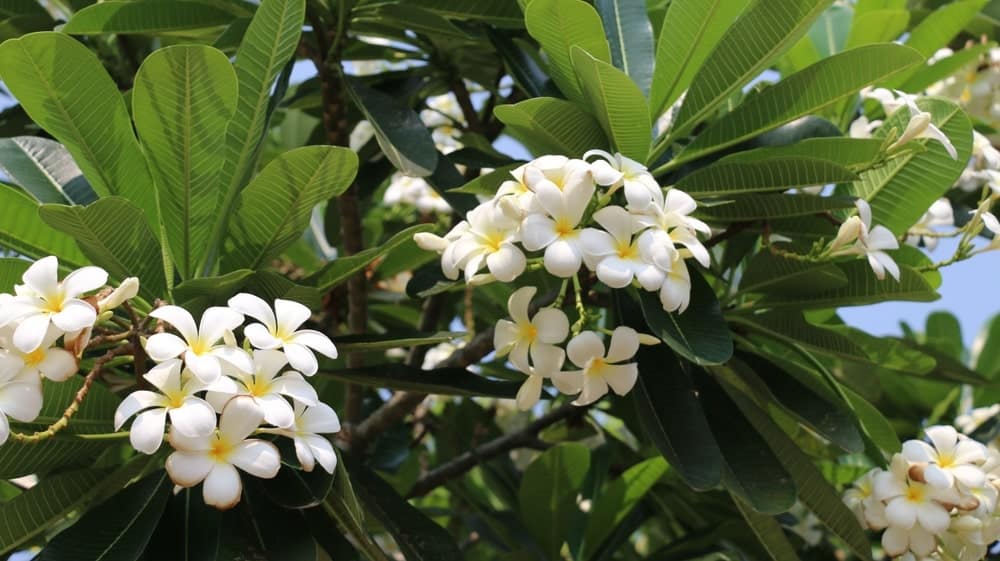
-
Light: Plumerias are light-loving plants, preferring 6 to 8 hours of direct sunlight daily. Morning sun is ideal, with some afternoon shade in hotter climates.
-
Humidity: Plumerias do best in at least 50% humidity during growth periods.
-
Soil: Well-draining soil is crucial for plumeria health.
-
Height: Up to 20 feet (6m) tall
Plumeria biology
Plumeria belongs to the dogbane family, Apocynaceae. It comprises about a dozen accepted species native to tropical regions of the Americas, from Mexico to northern South America and the Caribbean islands. The most common species you’re likely to encounter include:
-
Plumeria rubra
This species offers a wide range of flower colours, from white and cream to yellow, orange, pink, and red. It’s known for its highly fragrant blooms.
-
Plumeria stenophylla
Distinctive for its long, thin leaves and flower petals. They are suitable for rocky areas.
-
Plumeria obtusa
Also called Singapore White or Singapore Pink, this species primarily produces white or pink flowers with rounded petals.
-
Plumeria alba
This species typically has white flowers with yellow centres and is commonly used in landscaping.
-
Plumeria pudica
Recognisable by its unique spoon-shaped leaves and rounded flower petals.
These species have given rise to hundreds of beautiful hybrid varieties, each with its own unique characteristics and colour combinations.
Growth habits and lifecycle
Plumeria plants are deciduous or semi-evergreen shrubs and small trees. They have a moderate growth rate and can reach up to 20 feet (ca. 6 m) tall, though most home gardeners keep them pruned to about 6 to 8 feet (2.44 m). Their growth habit gives them a palm-like appearance, with elongated, leathery leaves clustered near the tips of thick, succulent branches.
The plumeria lifecycle begins with a seed, which contains an embryo and nutrient-rich endosperm. When conditions are right – with adequate oxygen, moisture, and warmth – the seed sprouts, pushing roots into the soil and a small seedling above ground. As the plant matures, it develops a rounded canopy and begins to produce flowers.
Plumeria typically blooms from late spring until early fall, with each flower lasting 1 to 4 days. The flowers are not only visually stunning but also highly fragrant, exuding a wonderful scent reminiscent of jasmine, citrus, and gardenia. This fragrance is strongest at night to attract their primary pollinators: moths.
Essential care for plumeria
To ensure your plumeria thrives, it’s crucial to provide the right amount of light and maintain appropriate temperatures. Plumerias require at least 6 hours of direct sunlight daily, with morning sun being ideal. In hotter climates, some afternoon shade can be beneficial. These light-loving plants perform best in full sun, which is essential for abundant flowering.
Temperature-wise, plumerias prefer a range of 18° to 27 °C. If you live in a cooler climate, you’ll need to move your plumeria indoors when night temperatures fall below this threshold. During winter storage, maintain a temperature just above 4 °C to allow the plant to go dormant.
Water and humidity control
Proper watering is key to plumeria health. These plants have medium moisture requirements, needing well-draining soil that never becomes waterlogged. It’s best to water deeply but less frequently, allowing the soil to dry out slightly between watering. Reduce watering frequency in cooler temperatures, and resume regular watering as new growth appears in spring.
Humidity is also important for plumerias. They thrive in environments with at least 50% humidity during growth periods. If you’re growing plumeria indoors or in a greenhouse, you might need to use a humidifier or mist the plants regularly to maintain adequate humidity levels.
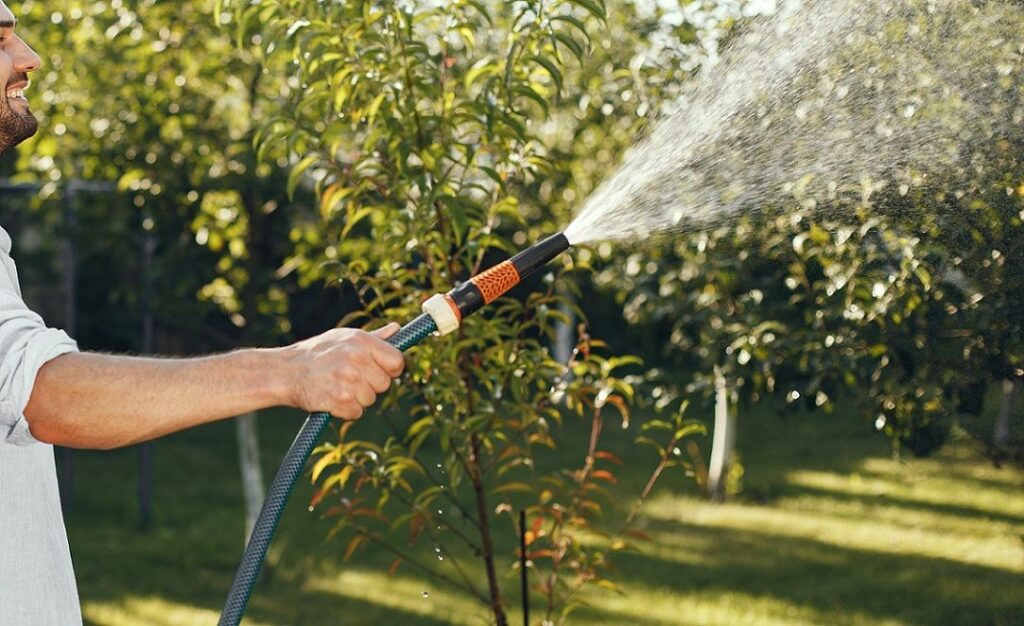
Soil and nutrient requirements
Plumerias require well-draining soil to prevent root rot. A slightly acidic, loamy soil with a pH between 6 and 7 is ideal. When growing plumerias in pots, use a coarse, well-draining potting mix. A cactus mix or a blend of perlite and sand works well.
To keep your plumeria healthy and blooming, regular fertilisation is essential. Use a fertiliser high in phosphorus to promote flower growth. A 10-30-10 formulation is suitable. Avoid fertilisers high in nitrogen, as these can result in leggy plants with fewer blooms. Apply fertiliser a few times during the growing season.
Maximising plumeria blooms
With enough sunlight, warm temperatures and a little fertiliser, your plumeria should blossom nicely. If you want even more fragrant flowers, you can take some extra steps.
Prune your plumeria in spring before new blooms emerge. This encourages branching and can lead to more flower clusters. Deadhead spent flowers regularly to encourage new bud formation. Continue fertilising throughout the growing season to support ongoing bloom production.
Plumeria typically flower from early summer until fall, with peak bloom times varying by cultivar. With proper care, you can expect a beautiful display of fragrant flowers for several months.
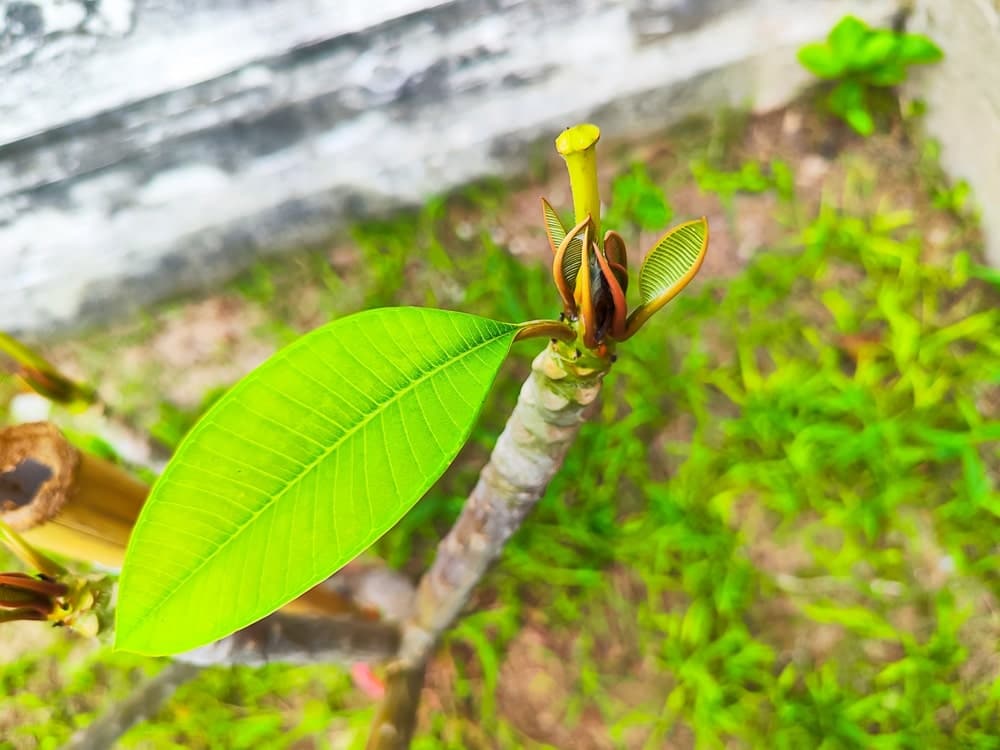
Long-term plumeria maintenance
To keep your plumeria thriving year after year, you need to focus on three key areas: repotting and root care, pruning for shape and size, and pest and disease prevention. Repotting your plumeria is crucial for its long-term health. Here’s what you need to know:
Repot in spring after the last chance of frost
Choose a pot with good drainage, preferably with multiple holes. A 1-gallon black nursery pot works well for smaller plants, while a 2-gallon pot is suitable for larger ones.
Use a well-draining soil. Cactus mix is a great option for beginners. You can also create your own mix.
Be careful not to overwater. Let the soil dry thoroughly between watering to prevent root rot.
When repotting, gently loosen the roots and remove old soil. If roots are spiralling, make a single cut with clean pruners to encourage outward growth.
Pest and disease prevention
Regularly check your plumeria for pests and diseases. Make sure to look at the underside of the leafs as well. If you find anything out of the ordinary, you can check out our guides on the specific pests and disease for the correct treatment methods. Just tap on the links below.
Common pests
- Whiteflies
- Mealybugs
- Spider mites
- Scale insects
- Thrips
- Caterpillars
Common diseases
- Root rot
- Stem rot
- Powdery mildew
- Frangipani rust
- Botrytis
- Leaf-spot disease
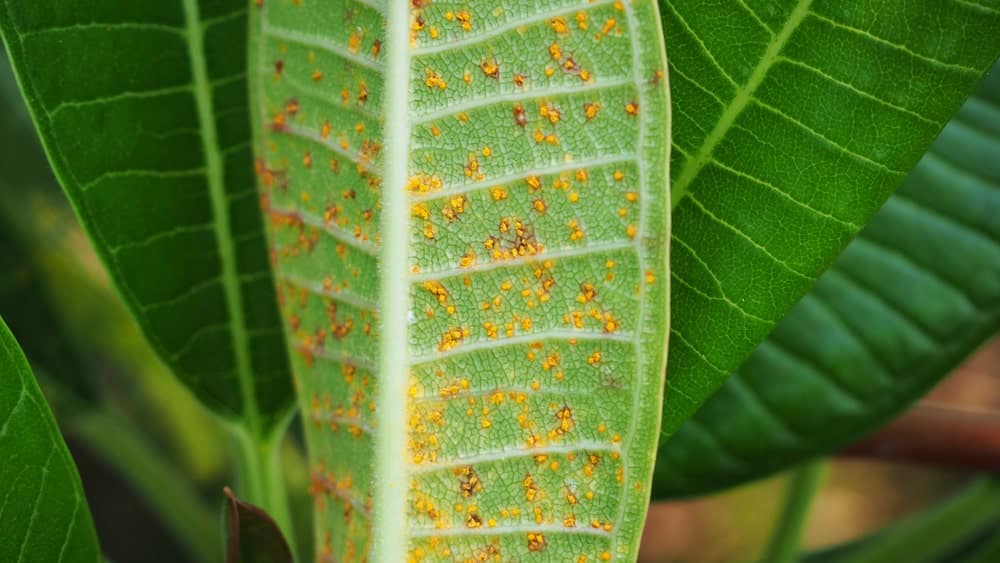
FAQ about frangipani
To care for a potted frangipani, place it in a warm, sunny spot indoors or outdoors during summer. Use well-draining soil and a pot with drainage holes to prevent waterlogging. Feed with a high-potassium fertiliser during the growing season. Bring the plant indoors before the first frost and reduce watering during winter dormancy.
Yes, frangipani thrives in direct sunlight. In the UK, provide as much sunlight as possible, ideally 6 to 8 hours daily. Place it in the sunniest spot in your garden or near a south-facing window indoors. However, gradually acclimate the plant to direct sun to prevent leaf scorching.
Water your frangipani thoroughly when the top inch of soil feels dry to the touch. In the UK’s climate, this typically means watering once a week during the growing season (spring and summer). Reduce watering significantly in autumn and winter, allowing the soil to dry out between watering. Always ensure good drainage to prevent root rot.
Ready to start your frangipani journey?
Now you know how to grow and care for your frangipani. In case you are keen to learn more about different types of plants, you can view our advisory articles about English ivy, passion flower, foxglove, and sunflowers. And if you have any questions or tips for us, leave a comment.
Happy gardening!
-
Orchids: A Complete Guide on How to Care for ThemWant to give your orchid the best possible care? Discover essential tips from placement to watering and pruning. Learn everything you need to know!Read more
-
Growing Wisteria Made Simple: From Planting to Perfect BloomsWith blossoms like a purple waterfall, Wisteria sets an almost magical and colourful mood. If you want to grow this beauty in your garden, you’ll need a bit of patience. Don’t worry, it will most definitely pay off.Read more
-
How to Build a DIY Greenhouse: A Practical Guide for Smart SpendersImagine extending your growing season throughout the year, nurturing tender plants regardless of the weather, and creating a personal garden sanctuary. This is precisely what a DIY greenhouse offers you. Let’s learn how to build one.Read more
-
How to Grow Eucalyptus in British GardensWith a little love and care, eucalyptus trees can thrive in English gardens. Since they don’t germinate well without proper help, there are not considered invasive. So, there is no reason not to plant them if you enjoy their looks.Read more
-
Transform Your Garden with All-Year-Round Flowering PlantsDid you know you can enjoy blooming flowers even in January? With the right selection of all year round plants, there’s no need to wait until spring to add some colour to your garden.Read more
-
How to Create a Butterfly Garden: A Simple Guide for British GardensThe UK's butterfly population includes 59 different species. These beautiful winged creatures face a steady decline because of habitat loss, pollution and changing weather patterns. Your garden can become a vital link between nature reserves and natural habitats. Let’s explore how.Read more
-
Volcanic Rock Dust for Your Garden—Application and TipsDid you know that volcanic rock dust is a brilliant organic soil improver? This article explains exactly what it's good for and how to use it properly.Read more
-
How to Use Landscape Fabric ProperlyIf weeds or erosion in your garden are troubling you, landscape fabric might be the solution. We’ll explain how and when to use it properly, just keep on reading.Read more
Leave a comment
Your answer will be displayed on the site and the interested party will be notified by email.
Leave a comment
Have a question or want to share your experience? Leave us a comment.

- Order by 2PM = shipped today
- 250.000+ satisfied customers!
- 60 day satisfaction guarantee

- Order by 2PM = shipped today
- 250.000+ satisfied customers!
- 60 day satisfaction guarantee

🌱 All important maintenance moments for your lawn during the year. Leave your email and we will send you the lawn calendar for free.
Enter your email
Receive the lawn calendar in the mail
Enjoy a green lawn all year round!


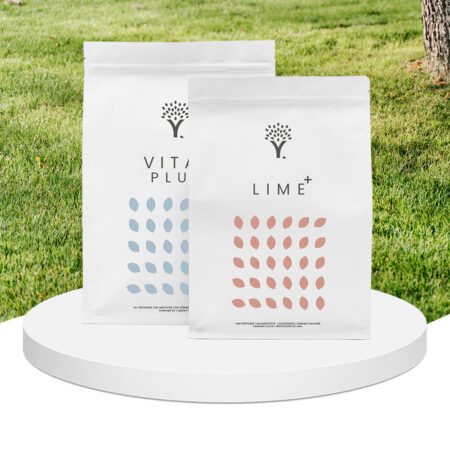
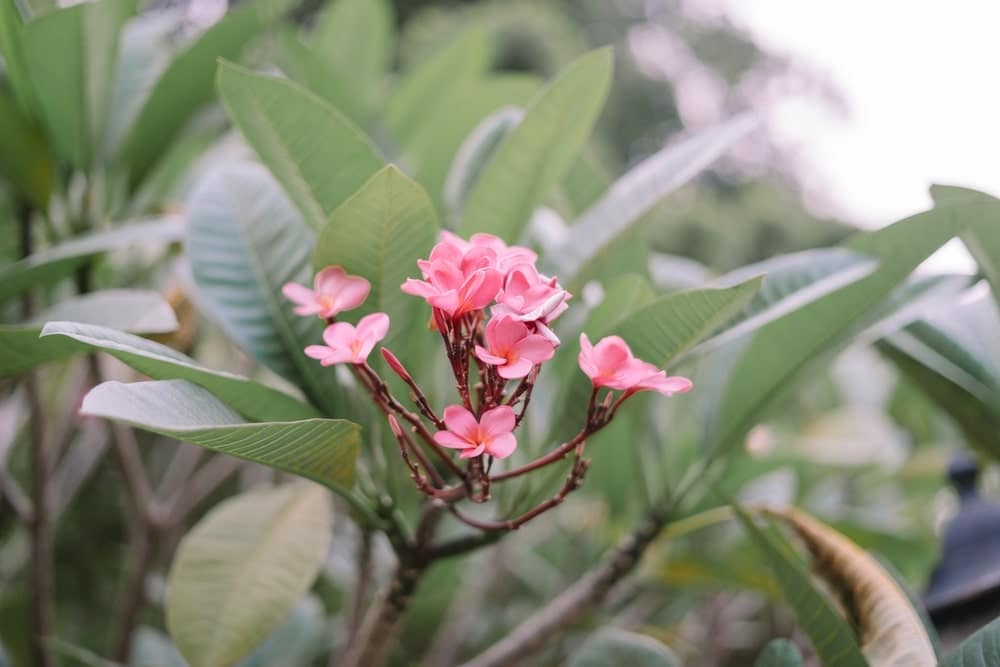
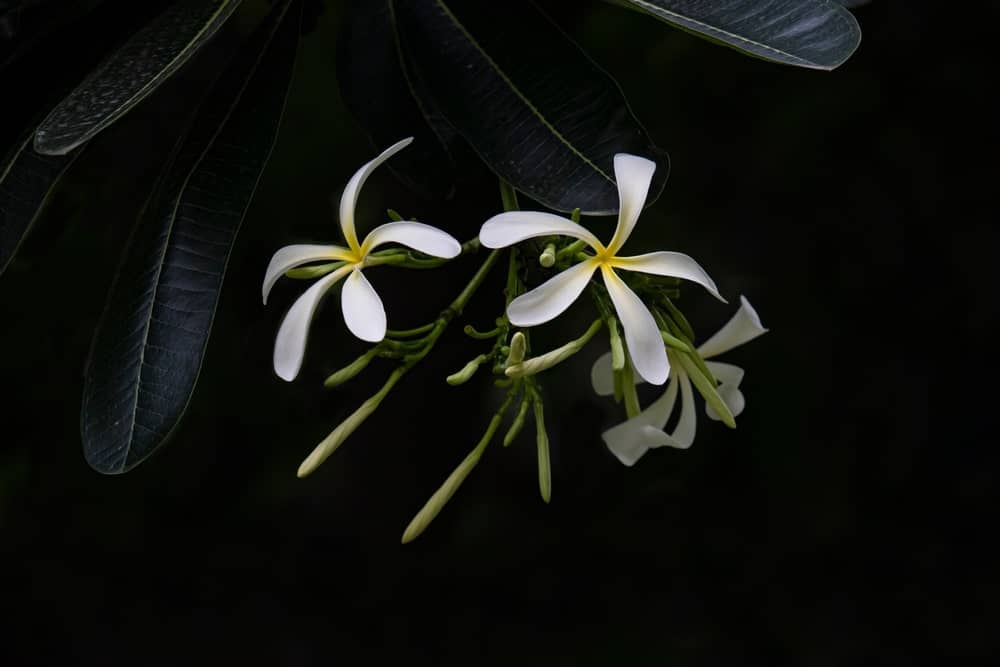
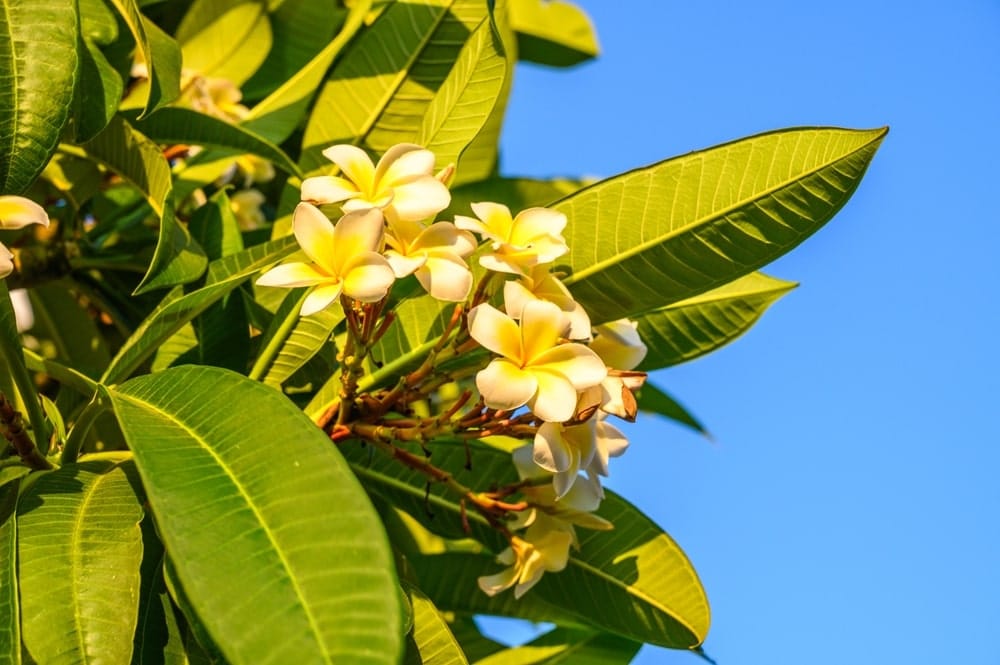

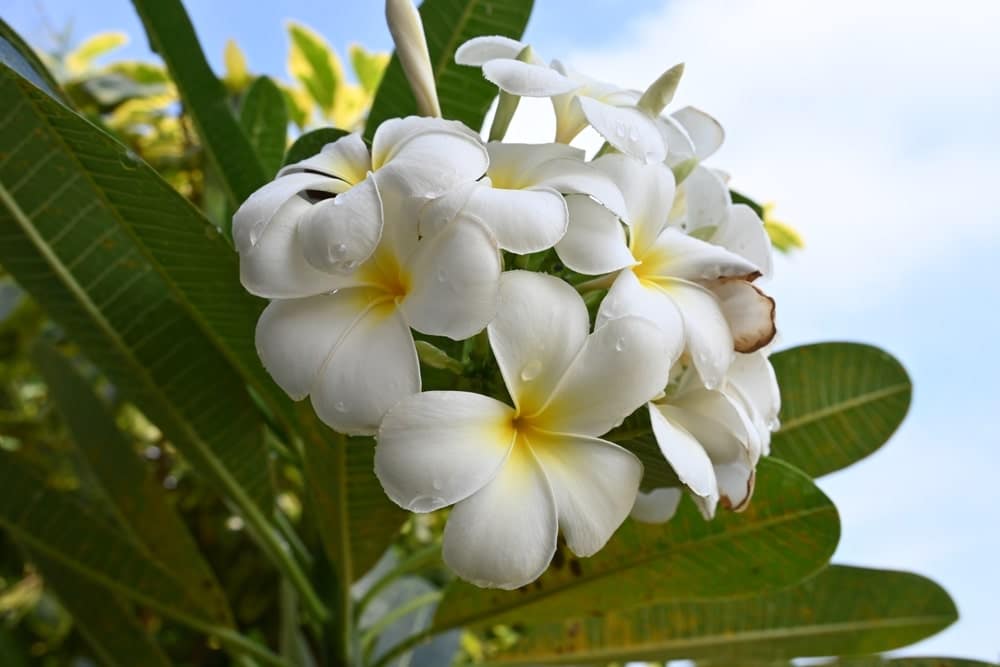


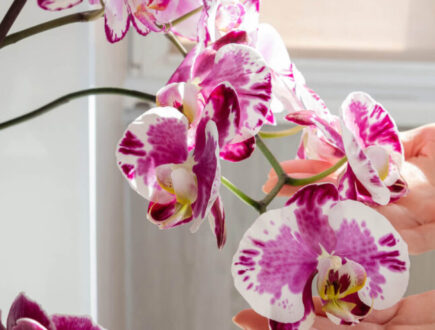
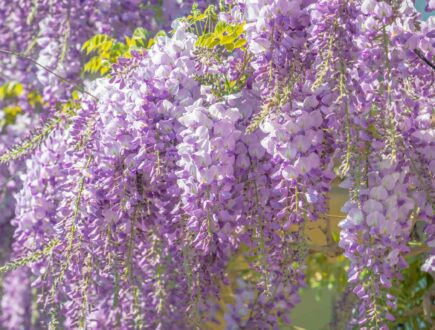








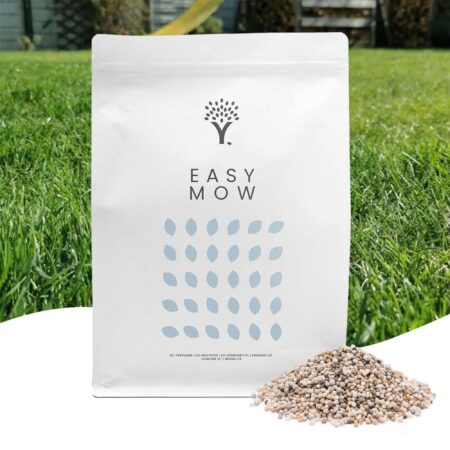
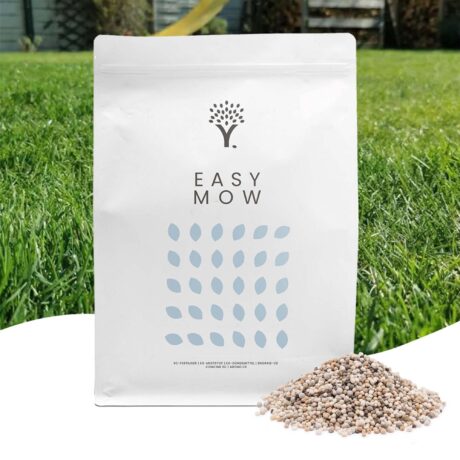





Comments (0)
There are no comments yet. Well then, what are you waiting for to
Be the first to write your comment!inaugurate this pretty page?
Do you have some comments?